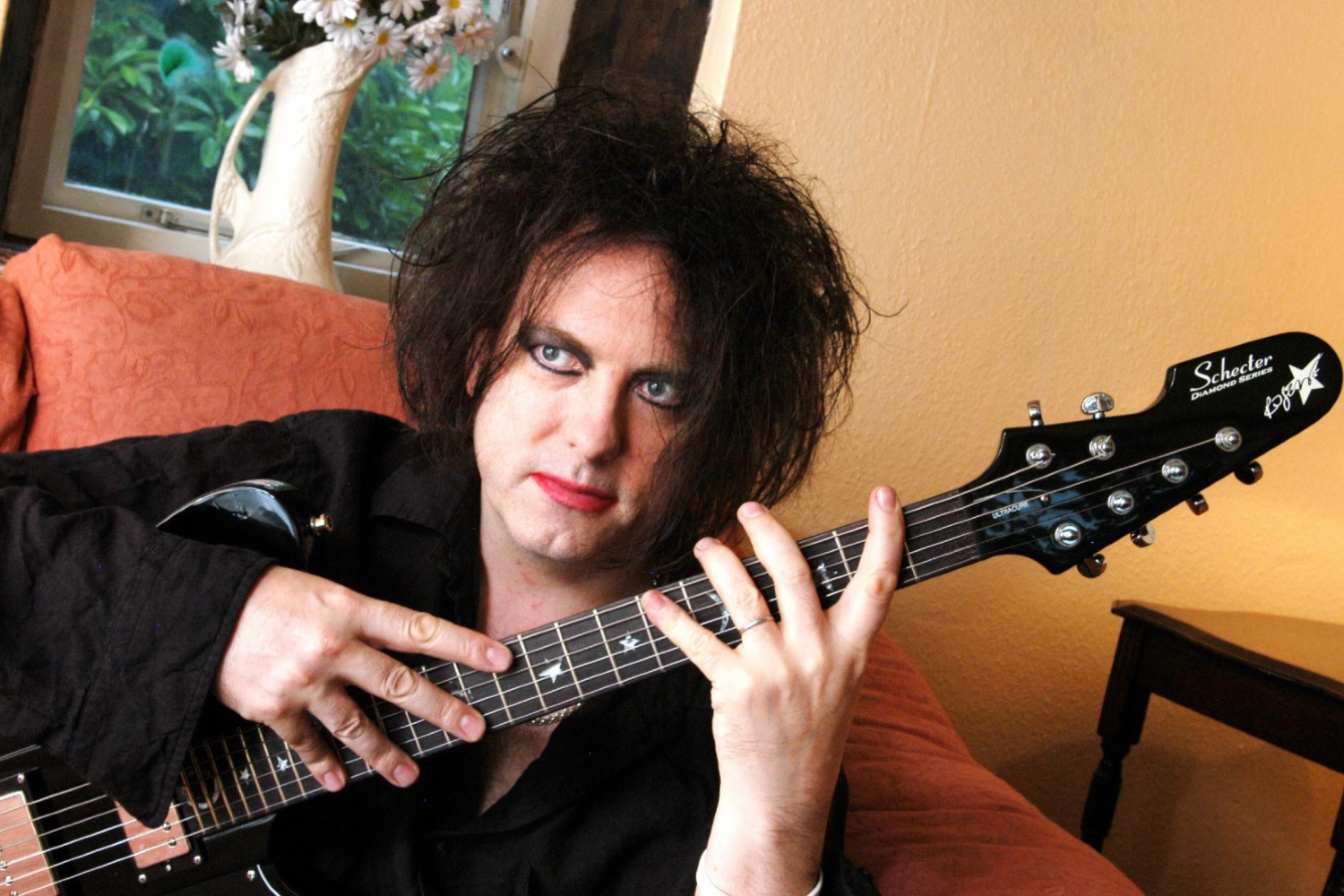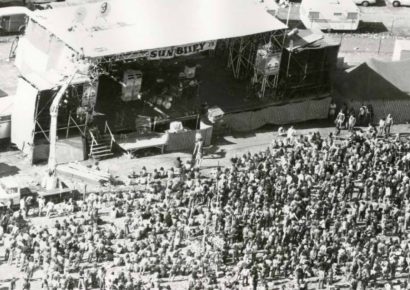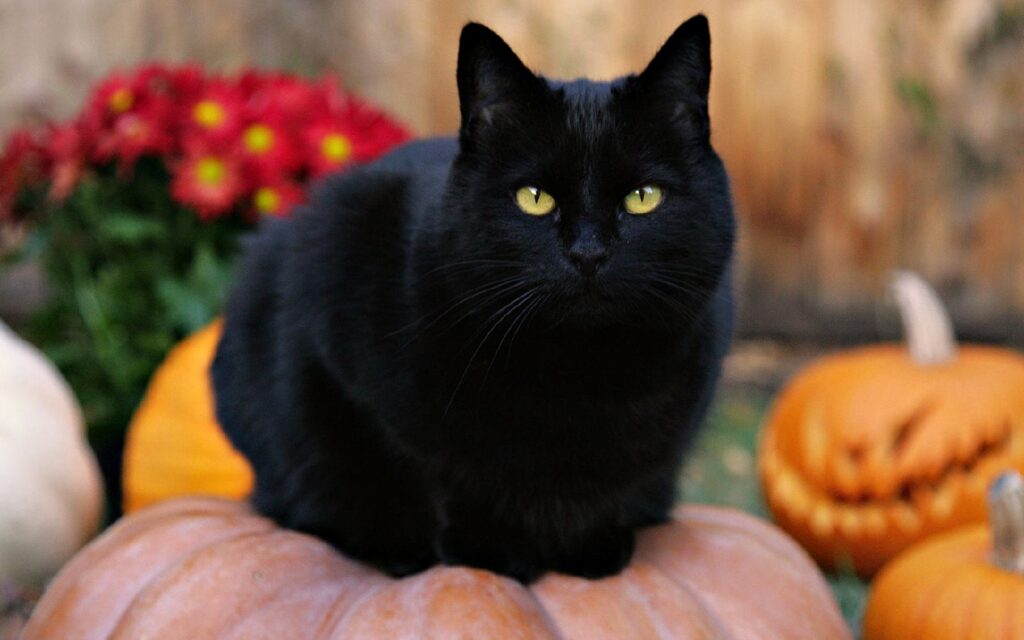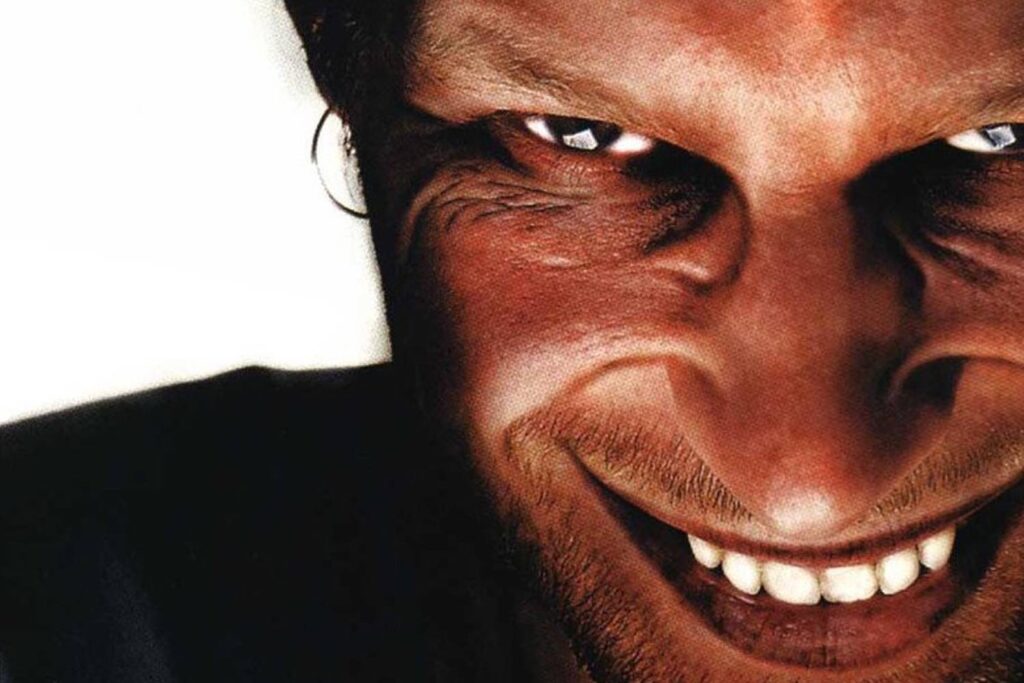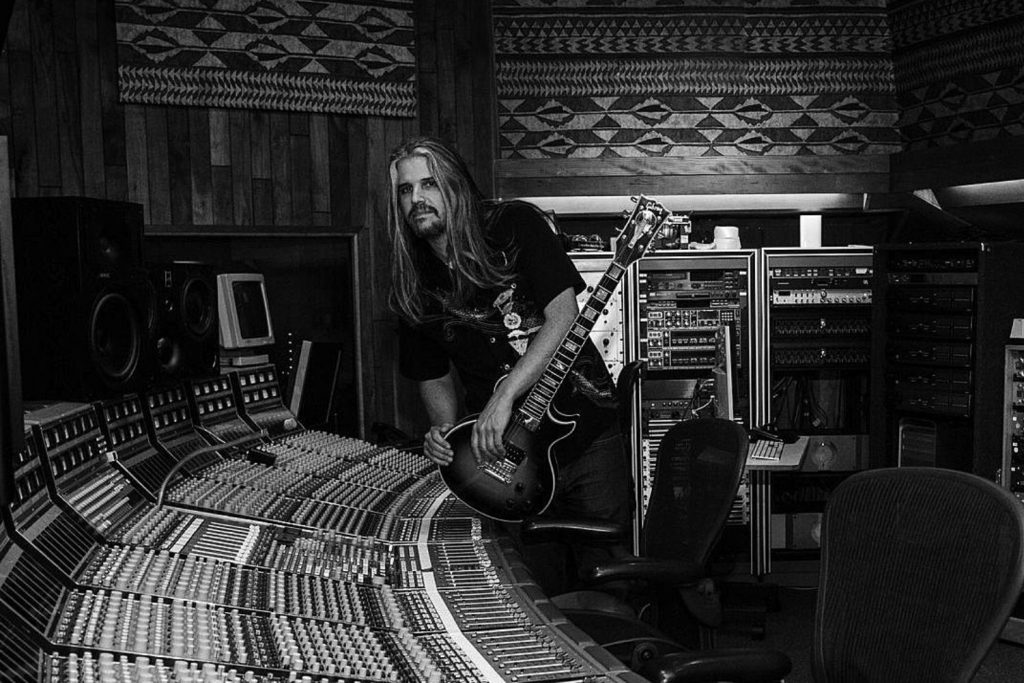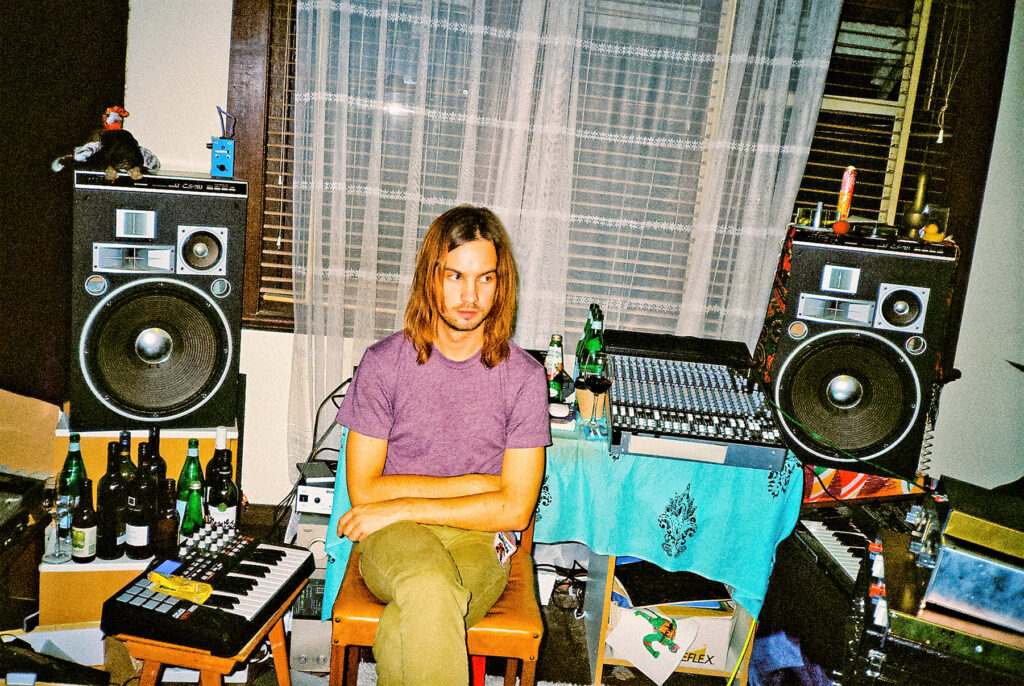We honour the Goth-Father, Robert smith of The Cure, taking a look at the gear behind his sweetly melancholic sound.
Few bands have encountered such widespread success across so many iterations as The Cure have throughout their illustrious career. Founded in 1976, the pioneering indie unit has been spearheaded by chief songwriter, arranger, guitarist and vocalist Robert Smith since its inception, leading the band as they experimented with everything from post-punk and electronic to new wave and arena rock, as well as inadvertently inventing the inimitable goth subculture. A seasoned gear head, Robert Smith is well known for his innovative melodic guitar technique, and is often considered to be one of the most influential yet underrated guitarists of the 20th century.
Without any further ado, you best get your eyeliner ready as we focus on Robert Smith’s tools of trade in this week’s Gear Rundown and celebrate the pioneering music of The Cure.
Read up on all the latest features and columns here.
Robert Smith guitar
Woolworths Top 20
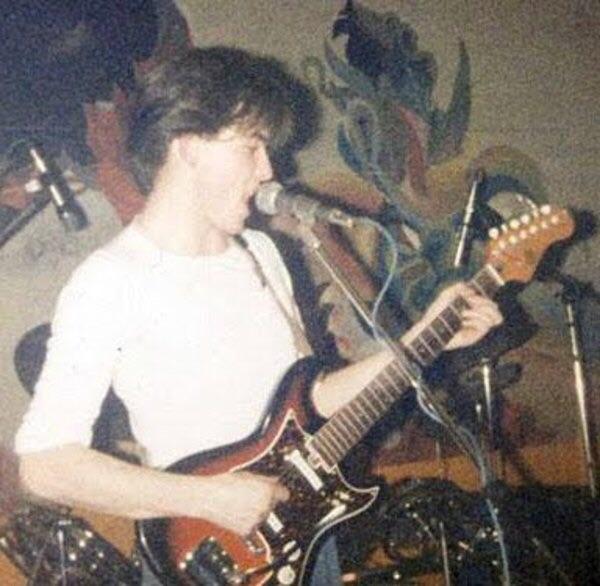
This trashy entry level instrument was bought by Smith as his first ever electric guitar, and was notorious for going out of tune mid-set or take while The Cure were operating in their early stages.
Despite being an absolutely awful guitar, Smith’s adoration of the plywood instrument was well-known, and he even removed the bridge pickup of the instrument to install on his favourite Fender Jazzmaster.
Fender Jazzmaster
After he was convinced to buy a ‘real’ guitar as The Cure entered the studio to record their debut album Three Imaginary Boys (released in Australia as Boys Don’t Cry), Smith purchased a Fender Jazzmaster and installed the bridge pickup from his Woolworth Top 20 to retain its unique spanky sound, which he detailed in a chat with Guitar Player.
“The extra pickup on that Jazzmaster is from a Woolworth’s Top 20 guitar—my very first electric,” he says. “I took it in to record our first album, along with a little WEM combo amp. [Manager/producer] Chris Parry, who was paying for the record, said, ‘You can’t use that!’ We went out and bought a Fender Jazzmaster, and I immediately had the Top 20 pickup installed into it, which really upset Chris. I played the entire Three Imaginary Boys album through a Top 20 pickup. It’s a brilliant guitar, though I actually bought it because of how it looked.”
Smith refinished his Jazzmaster various times throughout the ’80s, going from natural to white to black, and the guitar remained his go-to for The Cure’s first goth era, seeing heavy use on Seventeen Seconds, Pornography, and Faith.
Fender XII
In the late ’70s and early ’80s, Smith sporadically performed with fellow goth connoisseurs Siouxie and the Banshees, where he favoured a rare and jangly Fender XII.
Gretsch Chet Atkins Country Gentleman
In this old Guitar World article, Smith mentions his use of a Gretsch Chet Atkins Country Gentleman on the recording of The Cure’s signature anthem ‘Friday I’m In Love’, which he also favoured for live shows around this era.
National Newport Val-Pro 88
In the music video for ‘Lovesong’, Smith can be spotted playing a whacky looking National Newport Val-Pro 88. National guitars were often also branded under the Airline name, and Smith’s model looks quite similar to Jack White’s infamous red Airline Hutto.
Epiphone EA-250
Smith can be spotted strumming this funky Japanese Epiphone from the ’70s in a clip of The Cure performing their 1987 track ‘Hot Hot Hot!!!’ on The Tube.
Schecter Ultracure
In 2005, Smith linked up with guitar manufacturers Schecter to design a custom guitar called the UltraCure. Based on the design of the Schecter Ultra, the UltraCure features a mahogany body, a 24 fret neck, and Seymour Duncan ’59 pickups. Smith uses these models frequently on the road, as well as a 12-string version of the UltraCure for the band’s janglier moments.
Fender Bass VI
Ironically, many of Robert Smith’s most iconic guitar parts were actually performed on a bass guitar – the humble old Fender Bass VI, a baritone guitar which has seen a resurgence in popularity recently with various Fender reissues.
Smith recorded his droning guitar part on ‘Pictures of You’ on his Fender Bass VI, and used it with a capo on ‘The Exploding Boy’ with a tonne of chorus to create a thick, lush sonic texture.
Schecter Ultracure VI
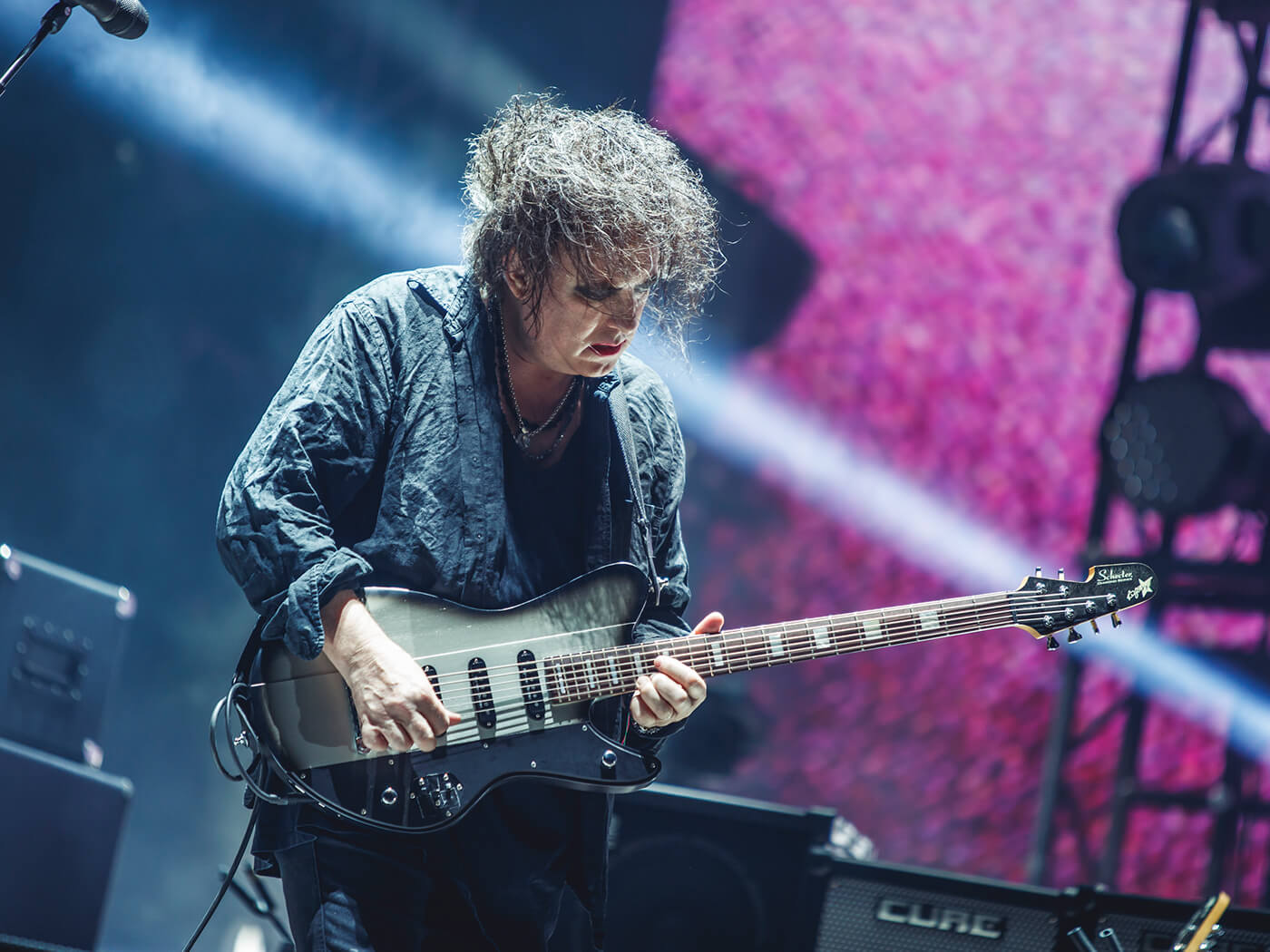
Nowadays, Smith relies on a Schecter UltraCure VI, essentially a baritone version of his signature model, when performing his Fender Bass VI parts live.
Amplifiers
A true chameleon, Smith is renowned for constantly switching up his amps to suit whatever sound he’s aiming for in his head – no favourites here.
A classic solid-state Roland JC120 can be distinctly heard on The Cure’s early ’80s output, such as Seventeen Seconds and Pornography; however, later in the ’80s he began using valve combos more frequently for a warmer sound, with Guitar World revealing he used a Vox AC30, an Orange AD30 and a Selmer Zodiac Twin 30 on Disintegration and Wish.
In the ’90s, Smith favoured two Peavey Solid State 2×12 combos for his live rig. Nowadays, he runs a hybrid rig comprised of multiple Roland Cube 80GX’s and Supro Black Magick combos running together.
Effects Pedals
Since the inception of The Cure, Robert Smith has tended to favour every day stompboxes from the likes of MXR and Boss over high-end boutique units, demonstrating his ethos as a guitarist and his penchant for creating remarkable tones from ordinary pieces of gear.

Throughout the ’80s and ’90s, Smith’s main pedal setup was comprised of a Boss CH-1 Super Chorus, a Boss SD-1 Super Overdrive, a BF-2 Flanger, a PN-2 Tremolo/Pan, and a Jen Crybaby Super Wah pedal, many of which can be seen in the above image.
He’s also been spotted using a Digitech Whammy, an EHX Deluxe Memory Man, and a Boss BD-2 Bluesdriver throughout his career.
Keep reading about Robert Smith’s Schecter UltraCure here.
